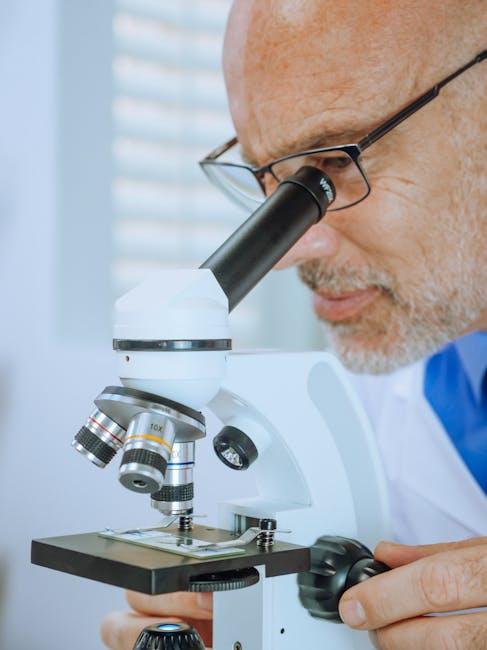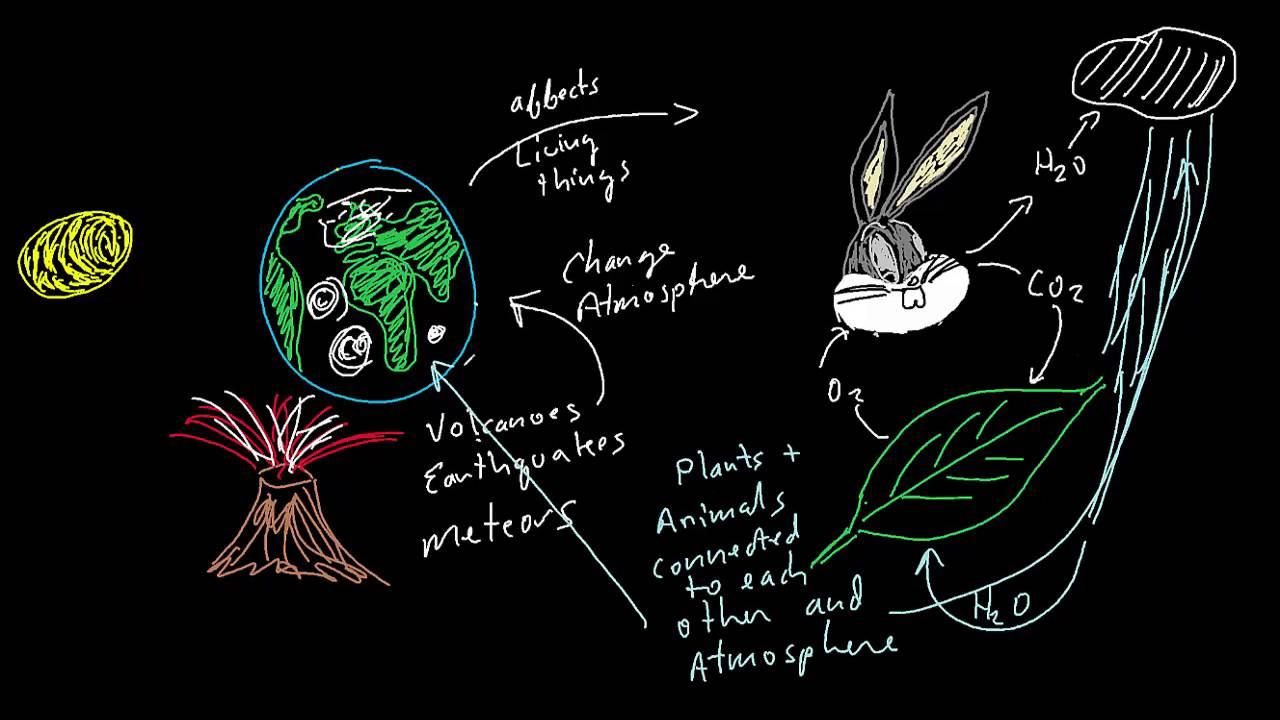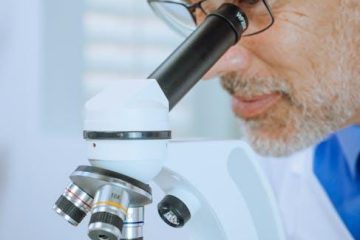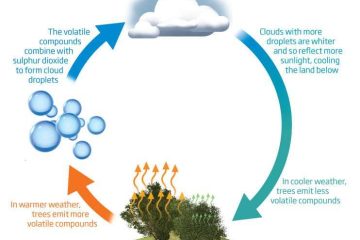Table of Contents
- Exploring Gaia: Understanding Earths Complex Living System
- Origins of the Gaia Hypothesis: Tracing the Roots of Earths Balance Theory
- The Science Behind Gaia: How Earths Organisms Interact for Stability
- Practical Applications: How the Gaia Hypothesis Informs Environmental Policy
- Future Implications: Gaias Role in Sustainable Human Development
- Q&A
- Insights and Conclusions
Exploring Gaia: Understanding Earths Complex Living System
At the heart of ecological studies is the intriguing idea that the planet functions as a living entity, where every organism contributes to Earth’s web of life. This concept posits that the biosphere evolves self-regulating mechanisms to maintain environmental conditions conducive to life. By perceiving Earth as a single, interconnected system, we gain insight into how biodiversity, climate, and geophysical processes harmonize to support life. This holistic view invites us to consider the repercussions of human actions on the delicate balance of our ecosystem, encouraging a shift toward more sustainable living.
The relationships that shape this planetary system are multifaceted, involving complex interactions between the atmosphere, oceans, and terrestrial ecosystems. Consider the delicate dance between plankton and the atmosphere — these tiny oceanic organisms absorb carbon dioxide and release dimethyl sulfide, which influences cloud formation and, consequently, the global climate. Key interactions within Earth’s system include:
- Carbon Cycling: Exchange processes that regulate greenhouse gases.
- Water Regulation: Pathways that control precipitation and water supply.
- Temperature Control: Natural climate moderation through ecosystem activity.
| Component | Role in the System |
|---|---|
| Forests | Carbon Capture: Absorb carbon dioxide and provide oxygen. |
| Oceans | Heat Distribution: Redistribute heat across the globe. |
| Soil | Nutrient Cycling: Anchor plants and recycle nutrients. |
As our understanding of this intricate web grows, so does our ability to make informed choices regarding resource management and conservation efforts. By appreciating Earth as a collaborative entity rather than a collection of resources, we can foster a sense of stewardship that transcends traditional environmental awareness. This perspective challenges us to innovate and adopt technologies that align with natural processes, ultimately enhancing resilience and ensuring the longevity of our shared home.

Origins of the Gaia Hypothesis: Tracing the Roots of Earths Balance Theory
The intriguing concept known as the Gaia Hypothesis was first introduced by James Lovelock in the 1960s, presenting the idea that Earth functions as a self-regulating, complex system. This revolutionary thought took inspiration from earlier scientific observations and cultural influences. Lovelock’s pioneering work was influenced by the atmospheric and environmental conditions observed on both Earth and Mars. While working with NASA, he postulated that the presence of life on Earth is primarily responsible for maintaining the planet’s stable environment, such as the balance of gases in the atmosphere. This notion found support and expansion through the collaborative insights of biologist Lynn Margulis, who added a detailed understanding of symbiotic relationships critical to ecosystem functioning.
As this hypothesis evolved, it drew from the phenomenon of homeostasis, a concept already established in biology describing how living organisms regulate their internal environment to maintain stability despite external fluctuations. Lovelock applied this concept at a planetary scale, proposing that Earth’s atmosphere, geosphere, biosphere, and hydrosphere interact harmoniously to uphold conditions for life. Drawing analogies to a living organism, the theory suggests feedback mechanisms resembling those found in nature, such as temperature regulation, nutrient cycling, and carbon sequestration. The Gaia Hypothesis challenges the traditional view that life adapts to a passive Earth, instead framing Earth as an active participant in maintaining conditions conducive to its own life.
| Influence | Contribution |
|---|---|
| James Lovelock | Concept of Earth as a self-regulating system |
| Lynn Margulis | Emphasized the role of symbiosis in ecosystems |
| Homeostasis | Inspired planetary equilibrium analogies |
This worldview resonates outside the sphere of science, impacting literature, philosophy, and environmental activism. It has brought an enriched perspective on the interdependence of life and Earth itself, influencing modern discussions on climate change and sustainability. Though not without controversy, the Gaia Hypothesis has sparked significant debate, encouraging researchers to explore the complexities of Earth systems more comprehensively. It serves as an imaginative frame for understanding Earth not just as a resource bank to be exploited, but as a vital, nurturing entity deserving of ongoing respect and stewardship.

The Science Behind Gaia: How Earths Organisms Interact for Stability
At the heart of the Gaia hypothesis lies a fascinating interplay between Earth’s organisms and their environment. This complex network of interactions contributes to a form of balance that resembles, yet goes beyond, mere environmental symbiosis. The Gaia theory posits that life itself regulates Earth’s systems to maintain the conditions necessary for its own survival. For instance, consider the way in which plankton in the oceans can influence cloud formation by releasing compounds that become cloud condensation nuclei. In turn, these clouds can affect global temperatures and climate patterns, creating a feedback loop that supports life’s continuity.
One of the stunning realities of Gaia is the seemingly orchestrated cooperation among different life forms. Plants and animals play a crucial role in this system. Trees, for example, absorb carbon dioxide and release oxygen, which is essential for the survival of many terrestrial creatures. Earthworms aerate the soil, enhancing its fertility and allowing plants to thrive. Such synergistic relationships highlight the interconnectedness that Gaia underscores. This isn’t just about co-existence but about forming a dynamic, self-regulating ecosystem where the actions of one species have ripple effects on countless others.
- Microbial Life: Microbes decompose organic matter, recycling nutrients back into the soil for plant use.
- Air Quality Control: Forests maintain the balance of gases, influencing climate and weather patterns.
- Water Regulation: Wetlands act as natural water filters, preventing flooding and maintaining aquatic ecosystems.
In essence, Gaia suggests a composite yet sophisticated system reminiscent of a living entity where biotic and abiotic elements are in a state of constant flux. The Gaian feedback mechanisms are analogous to a thermostat system: when alterations occur, other processes initiate to restore balance. Consider the carbon cycle, where increased carbon in the atmosphere can prompt increased plant growth, which in turn absorbs more CO2, thus stabilizing the climate. This impressive adaptability signifies a planet where life’s survival is intricately tied to collaborative progress and mutual benefit.

Practical Applications: How the Gaia Hypothesis Informs Environmental Policy
The Gaia Hypothesis, with its vivid portrayal of Earth as a living organism, has significantly influenced environmental policy development. By emphasizing the intricate connections within ecosystems, this perspective encourages policymakers to adopt a more holistic approach to environmental regulation. This includes recognizing the importance of biodiversity, the delicate balance of ecosystems, and the intricate feedback mechanisms that maintain planetary health. Policies inspired by this hypothesis often prioritize long-term sustainability over short-term gains, urging governments to consider the larger ecological picture when making decisions that impact the environment.
- Land management: Encourages integrated planning that considers the symbiotic relationships between soil, water, and vegetation.
- Climate action: Promotes strategies that focus on maintaining the natural balance of atmospheric gases.
- Biodiversity conservation: Inspires laws that protect a wide range of species and their habitats.
Moreover, the Gaia Hypothesis serves as a compelling argument for international collaboration. Given the interconnectedness of ecosystems across the globe, it proposes that environmental issues cannot be addressed in isolation. This underlines the significance of global treaties such as the Paris Agreement. Below is a simplified table illustrating how this theory has influenced various policy aspects:
| Policy Area | Gaia-Inspired Shift |
|---|---|
| Climate Change | Enhanced focus on carbon neutrality |
| Agriculture | Emphasis on organic and regenerative practices |
| Urban Planning | Incorporation of green spaces and biodiversity |

Future Implications: Gaias Role in Sustainable Human Development
As we explore the vast potential within the Gaia Hypothesis, its future implications for sustainable human development become increasingly prominent. This concept, which views Earth as a self-regulating, complex system, encourages a holistic approach to environmental stewardship. By emphasizing a delicate balance between living organisms and their environments, we are reminded of the importance of adopting sustainable practices that integrate with our planet’s inherent systems.
| Element | Gaia Perspective |
|---|---|
| Biodiversity | Enhances ecosystem resilience |
| Climate Regulation | Balances atmospheric conditions |
| Resource Management | Promotes efficient usage |
The application of Gaia principles in urban planning could revolutionize how cities are developed. By integrating natural processes into city design, urban areas can reduce their carbon footprint, improve air quality, and preserve local ecosystems. Think of incorporating green roofs, permeable pavements, and urban forests into architecture. Each element not only enhances aesthetics but also maintains ecological stability.
To advance sustainable development, educators and policymakers must inspire new generations by highlighting the symbiosis between humanity and nature as outlined by Gaia. Schools could introduce nature-based curricula, emphasizing ecological literacy. Communities interested in development can focus on renewable energy sources and circular economies that mirror natural cycles. Through collective efforts, the vital lessons of Gaia can ensure a sustainable future for all.



0 Comments